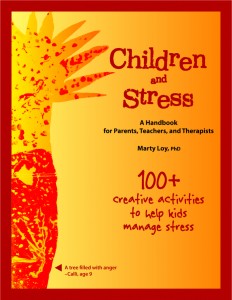You grieve mentally, physically and spiritually. Many of us experience a similar cycle when grieving — they are common steps we use to help heal. Some people skip steps.
| 1. Denial | When the pain is too great, we temporarily shut down. You feel so numb you act as though nothing happened. |
| 2. Eruption | Your emotions suddenly break out —it seems to hit at once. |
| 3. Anger | You’ll get angry angry: it’s unfair, someone should have changed things, you don’t understand why. You may even be angry at who you’ve lost for deserting you. |
| 4. Illness | Illness and stress go hand in hand. Don’t be surprised if you’re sick. |
| 5. Panic | You worry you’ll never get over the loss, that you’ve lost yourself. You wonder if what you’re going through is normal. |
| 6. Guilt | We try to find something to blame. If there is no one to blame, we blame ourselves. Feeling as though it’s your fault seems more bearable than there being no reason at all. |
| 7. Loneliness | You find yourself avoiding others, feeling as though they can’t understand. You withdraw from friends and family. |
| 8. Re-Entry | You want to move on, but can’t yet. You feel loyalty to the memory of who you lost, and worry moving on would be abandoning them. |
| 9. Hope | You don’t know when, but one day, you notice you’re doing better. You feel like a fog has lifted. You begin to think you’ll be ok again someday. |
| 10. Reality | You reconstruct your life, using the new strengths you’ve gained from grieving. |


